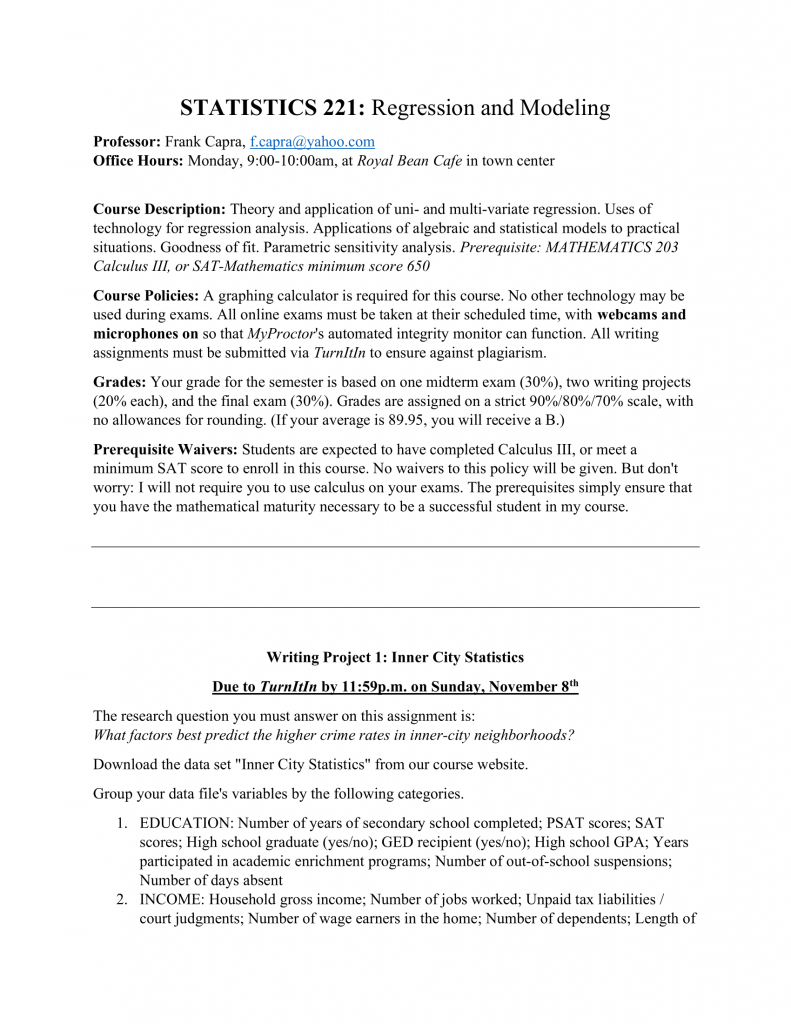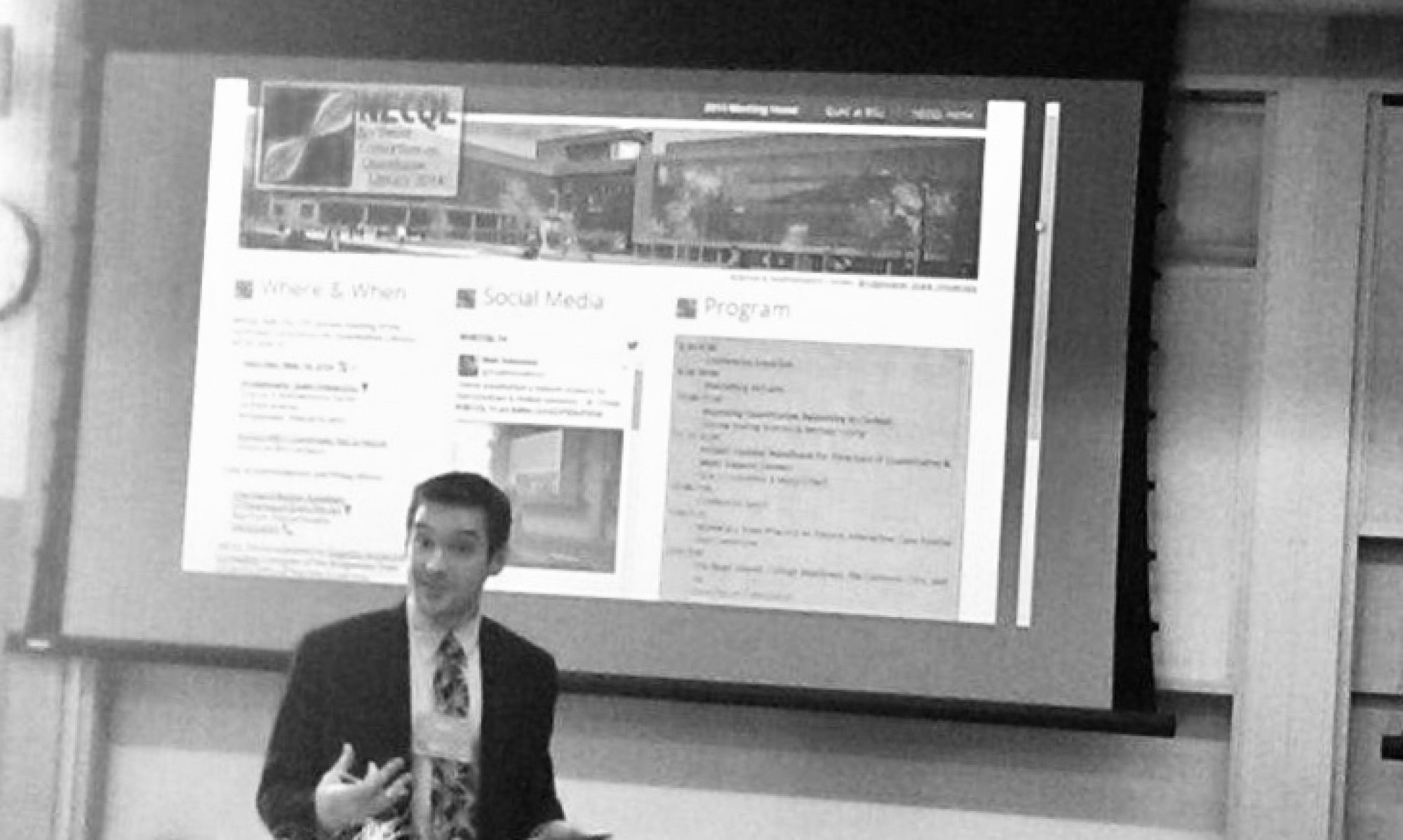How can a quantitative literacy assignment be an opportunity to promote equity? This workshop, given at the Massachusetts Department of Higher Education’s AMCOA Annual Assessment Conference on October 30, 2020, looked at this question through three lenses and provided participants with an opportunity to re-make a problematic assignment prompt.
Participants Revised a (Fictitious) Statistics assignment
I supplied participants with a poorly-conceived and poorly-written syllabus and assignment prompt fragment from a fictive statistics course. Click to open the assignment in hypothes.is to see how participants edited it through the equity lenses below.
Click here to see the syllabus/assignment and how participants annotated it.
References and Resources from the Workshop:
Quantitative literacy as a social practice
A focus on practice entails viewing numeracy activity as culturally, historically, and politically situated. Indeed, all numeracy activity is ideological.
From Yasukawa, Rogers, Jackson, Street (Eds.) (2018). Numeracy as Social Practice: Global and Local Perspectives. ( Google Books – Review by Helen Oughton )
Equity Lens 1: School Mathematics as Exclusion
Objective: Assess the ways in which school mathematics per se is used to exclude particular students and restrict their access to high-impact educational practices..
- How Does Race Affect a Student’s Math Education? The Atlantic, April 2017
- Battey, D., & Leyva, L. A. (2016). A Framework for Understanding Whiteness in Mathematics Education. Journal of Urban Mathematics Education, 9(2), 49-80.
- Just Equations , justequations.org
- “We the People: Math Literacy for All” (3min), from The Algebra Project
Discussion Prompts:
- What role is “school mathematics” playing at my institution to enable access to education for students of color? What role is it playing to limit access to education?
- How are we / how can we think differently about the role of “school mathematics” in our institutions to redress racial inequality?
Equity Lens 2: Big Data as Oppression
Objective: Assess uses of data / mathematical methods that purport to offer objective results, for the ways in which they perpetuate social and racial inequities.
- Big Data and Racial Bias: Can that Ghost Be Removed from the Machine?
https://www.gsb.stanford.edu/insights/big-data-racial-bias-can-ghost-be-removed-machine - Dissecting Racial Bias in an Algorithm Used to Manage the Health of Populations
https://science.sciencemag.org/content/366/6464/447 - QSIDE: Institute for Quantitative Study of Inclusion, Diversity, and Equity
Discussion Prompts:
- Where are students at my institution learning about the ethical, critical uses of data, mathematics, and algorithms?
- Where are students at my institution being potentially harmed by uncritical uses of data, including uses that may encode and uphold racial bias?
Equity Lens 3: Numeracy as Liberation
Objective: Identify ways that learning tasks can support students’ development of agency in their education and in their lives.
- The Last Column: Freire’s Pedagogy of Liberation
Wallace, D. (2020). “Parts of the Whole: The Last Column: Freire’s Pedagogy of Liberation.” Numeracy 13, Iss. 2 (2020): Article 11.
Discussion Prompt:
- How do I know that students at my institution are being given or denied agency with respect to quantitative literacy? In their classes? In their other experiences of college?
Twitter Card Image Credit

“giant equals sign” by urbanmkr is licensed under CC BY-NC-SA 2.0
